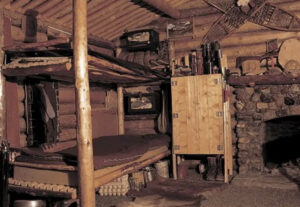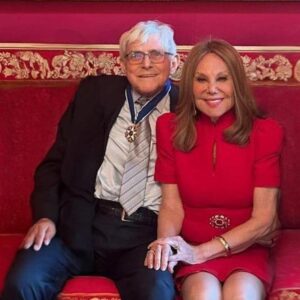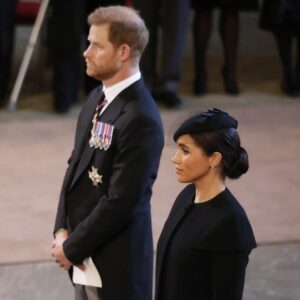EVERY TIME I THINK OF the remote wilderness, I think of people. This is not the contradiction it seems. As a child, I grew up marching around some of the most isolated terrain of Alaska. But almost always, I was out there fishing for king salmon, hunting for caribou, or hiking up a shale-covered mountain with my father or mother or grandmother or a family friend as close as any family. (There is nothing that will bind you to another human being like sitting in a raft together as it overturns in class IV rapids a few hundred miles from civilization. Especially if that other human being somehow possesses an extra pair of dry socks.)

What worried all the grown-ups in my young life were “the other people.” We had to get away from them. Though I didn’t fully understand, I did agree that these mysterious “other people” might catch all the salmon or scare off the bighorn sheep. But that seemed silly. The rivers were loaded with fish, the alders all too thick with wildlife. When I did see another boat filled with humans on a river, I would look at them in wonder — their appearance rarer than that of a bear or a moose. Why couldn’t we just invite them to camp beside us and make friends, I thought, instead of nodding silently, then waiting for them to float off?




